
A Short Trip To Pamukkale 2022
you might hear about istanbul, izmir, bodrum,ankara and etc… . but have you ever heard about denizli? or pamukkale?
yes the cotton castle. if you ask us where to go in turkey, we suggest you to never miss visiting pammukkale.
A Short Trip To Pamukkale
Pamukkale, meaning “cotton castle” in Turkish, is a natural site in Denizli Province in
southwestern Turkey. The area is famous for a carbonate mineral left by the flowing
of thermal spring water. It is located in Turkey’s Inner Aegean region, in the River Menderes
valley, which has a temperate climate for most of the year. It can be seen from the hills on
the opposite side of the valley in the town of Denizli, 20 km away. Known as Pamukkale
(Cotton Castle) or ancient Hierapolis (Holy City), this area has been drawing visitors to its
thermal springs since the time of Classical antiquity. The Turkish name refers to the surface
of the shimmering, snow-white limestone, shaped over millennia by calcite-rich springs.
Dripping slowly down the mountainside, mineral-rich waters collect in and cascade down
the mineral terraces, into pools below. Legend has it that the formations are solidified cotton
(the area’s principal crop) that giants left out to dry.
Pamukkale has been known for its healing hot springs pretty much since the beginning of
time. Due to tectonic activity in the region, the hot springs of Pamukkale are warmed by
subterranean heat and springs from the earth at temperatures between 33-100 °C.
Before the hot water leaves the earth, it flows through a layer of limestone. The high
temperature of the water dissolves some of this limestone. This results in the water having
a very high calcium content. As these calcium-rich waters surface and flow downhill, they
leave behind small deposits of calcium carbonate which slowly harden back into limestone.
Over millennia these limestone deposits build up to form petrified calcium waterfalls,
terraces and pools where the hot spring water collects. These dazzling, snow-white terraces
are called travertines and are some of the world’s most phenomenal natural wonders.
Looking like gigantic, fluffy cotton candy, Pamukkale means Cotton Castle, and it’s very easy
to see where the name comes from once you reach the travertines.
Ancient Greeks were well aware of the healing properties of these waters, and built
Hierapolis, an ancient spa town, here at the end of the 2nd century BC. In addition to seeing
the stunning Cotton Castle and travertines, you’ll also get to see some of the best examples
of Greco-Roman ruins in Turkey.
Today, Pamukkale is a popular tourist destination and one of the most visited attractions in
Turkey. The Pamukkale travertines, together with the ruins of Hierapolis is a
designated UNESCO site.
What to do in Pamukkale?
yes, we have some recomendation for your short trip to pamukkale

A Short Trip To Pamukkale 2022
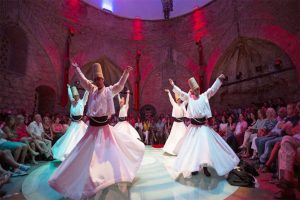
A Short Trip To Pamukkale 2022

A Short Trip To Pamukkale 2022

A Short Trip To Pamukkale 2022
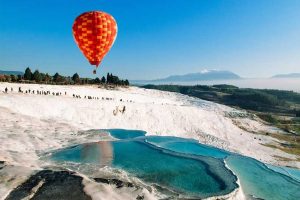
A Short Trip To Pamukkale 2022
and of course we have some free things to do there
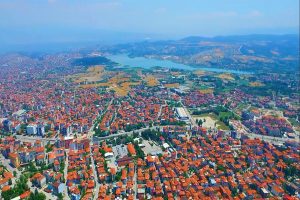
denizli

saraykoy
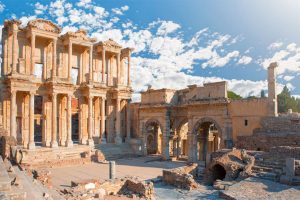
colossae
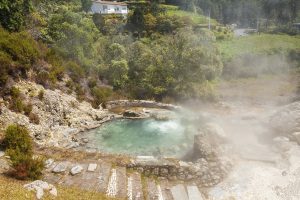
karahayit hot spring

caravanserais
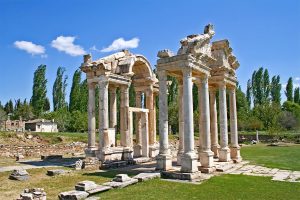
aphrodisias
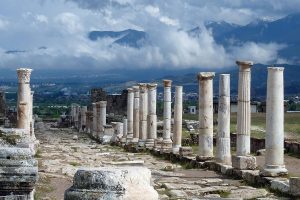
laodikeia
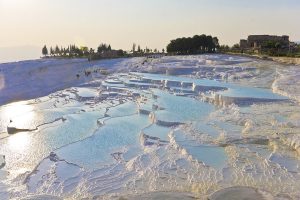
pamukkale castle

hieropolis museum
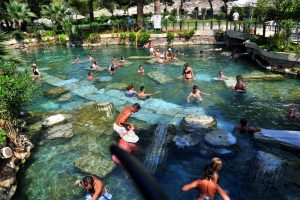
pamukkale antique pool
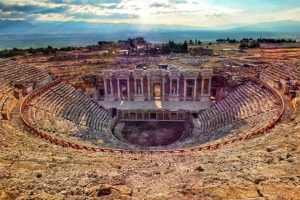
hierapolis theater





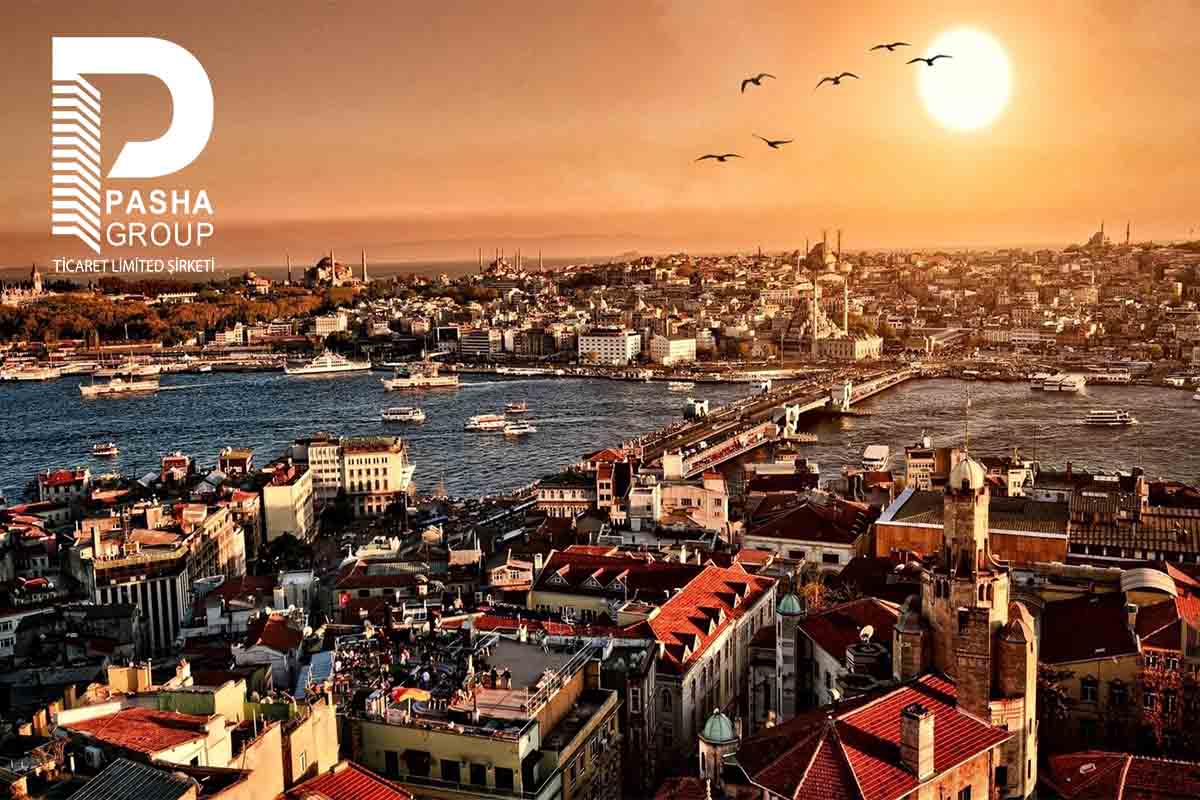

User comments
Be the first to comment on this post!